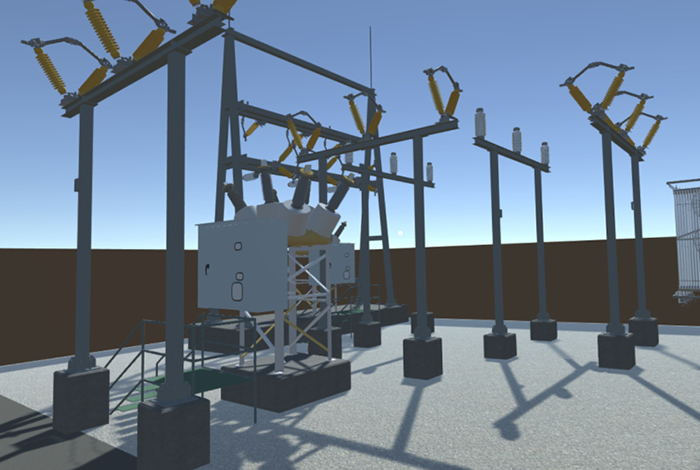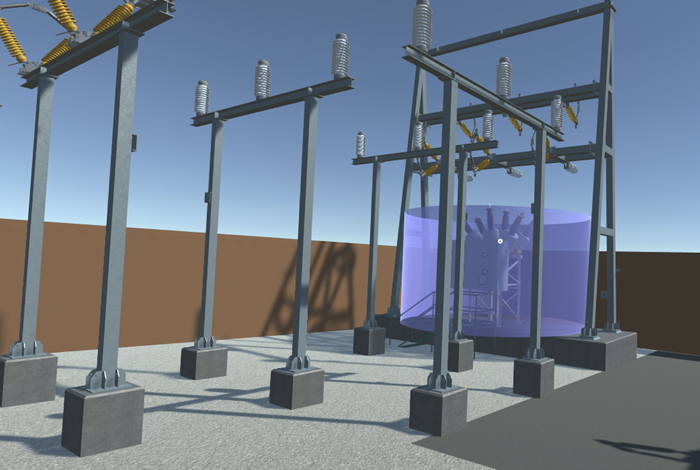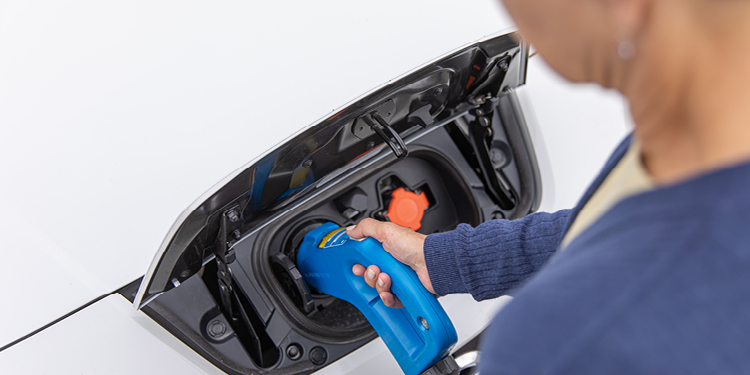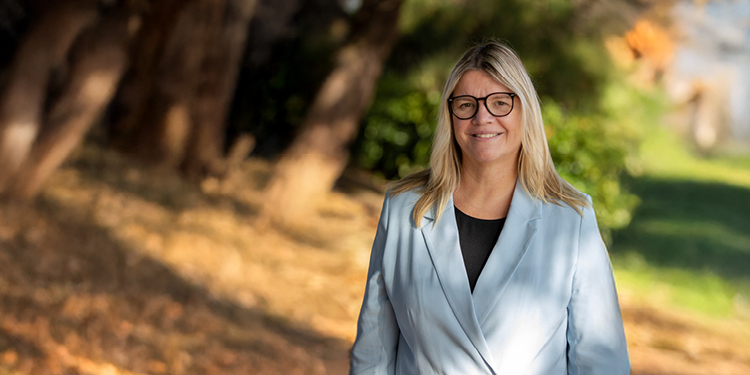Calling all gamers: how virtual reality is keeping us safe
July 27, 2020
Remember the original Tron movie? Not only was the 1982 Disney flick a landmark achievement in visual animation, it also introduced us to the world of virtual reality.
It was supposed to be just science fiction but it soon became reality; we put on a headset and were whisked away to an alternate universe that seemed as real as reality itself. But the use for virtual reality extends beyond games and entertainment—it’s helping provide our staff with the skills they need to work safely on our equipment while they maintain and modify the system.
“It was completely immersive, almost surreal,” said FortisBC’s standards engineer Draydan Power, when describing working with the virtual reality system he helped implement. “One moment I’m sitting in the office, and then I put a headset on and suddenly I’m walking inside a substation. I could even fly above the equipment to see a bird’s eye view. We were getting a feel for how our equipment was configured in ways that would never be possible in real life.”
This virtual stuff is getting real

It started last year when the process began of rebuilding our substation in Salmo. An electrical substation is part of the system that distributes electricity to homes from the larger grid. When electricity is generated, it has to travel long distances to enter homes, commercial buildings or charging stations. A substation helps do this efficiently by stepping up the voltage for long distance travel, then stepping down the voltage into something that works for distributing electricity in your neighbourhood, making it a crucial part of how we deliver energy.
But there’s more than just new construction involved here—we need to design and engineer new equipment, ensure our infrastructure is evolved to meet the needs of our customers today and into the future and, above all, provide continuous training for the safety of our staff.
“Normally we have designers, engineers and other experienced people looking at two-dimensional drawings on a piece of paper and using mental gymnastics to convert it to a three-dimensional model in their minds. That’s certainly not how most people I know learn best, myself included,” shared Draydan. “We learn by doing, seeing and feeling. We wanted to be able to virtually walk through the substation with full spatial awareness before it was constructed, while obviously keeping ourselves and our customers safe.”
Calling in reinforcements

So FortisBC enlisted the help of I/O Design and Engineering to build a three-dimensional digital recreation (virtual reality) of our substation to show what it would look like when built. Our staff could put on a virtual reality headset, see the substation from any angle and understand how each piece is interconnected.
“We want our projects to work as designed and strive for really high end user engagement during the design process, said Isaac Saban, president of I/O Design & Engineering. Virtual reality is an invaluable tool to engage everyone from trades through senior management in evaluating engineering designs.”
Using virtual reality, we can mimic what staff would experience in a real world setting without any real consequences, or without turning off power to our customers to train staff.
“I never thought I would be playing with virtual reality when I started as an engineer, but for anyone thinking about joining the team I can tell you it’s definitely NOT a boring place to work!” added Draydan. “I remained safe, toured a substation in a way that would be otherwise impossible, and had way too much fun along the way.”
“Draydan and the FortisBC team have been early adopters in reaping the benefits of virtual reality as part of the engineering process, added Tim Cristofoli, AR/VR software developer with I/O Design & Engineering. “Their support and feedback have been key in our journey to develop virtual reality technology for industry and prove its benefits.”
The next step for the team is to finalize the design and begin construction on the new substation in Salmo so our customers can continue to receive safe and reliable energy into the future.



